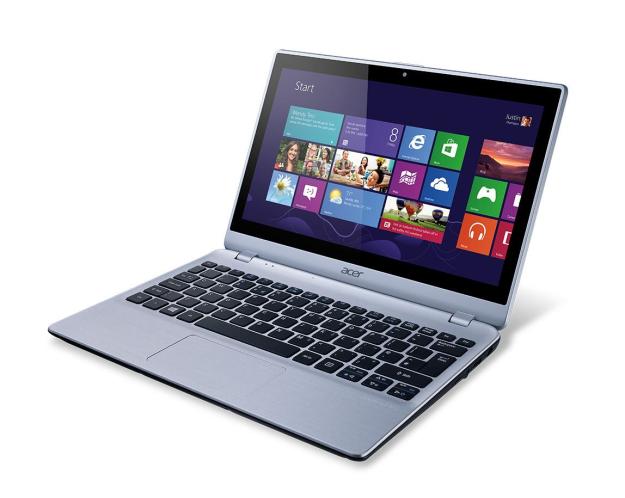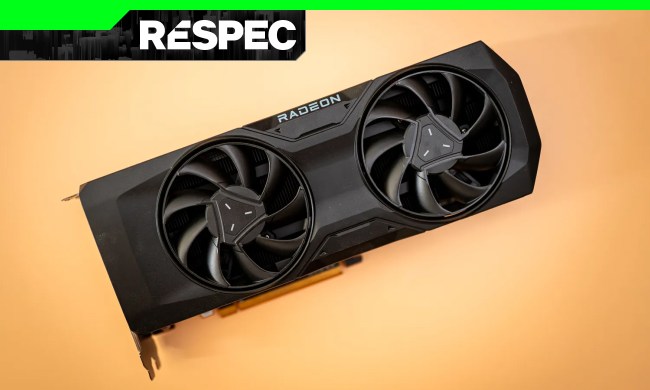
AMD’s jumping ahead of Intel’s new Haswell processor release (which is about a week away) by revealing details about its upcoming line of mobile APUs. The chips, which combine AMD processor cores with Radeon graphics, will come in several different flavors that seek to counter Intel in all but the most powerful laptops.
The least powerful of these parts, code-named Temash, will come to market as AMD A4/A6 processors consuming between 4 and 8 watts. Although designed to compete against Atom, these parts will still have a Radeon HD 8000-dervied integrated graphics processor that AMD claims will be able to play Battlefield 3 (albeit at a low resolution). That will clearly provide an edge against Intel’s current line of Atom processors, which are still saddled with a hopelessly slow IGP.

Above Temash is Kabini, a mainstream notebook part that will be sold under the AMD A4/A6 brand and will target a power envelope between 9 and 25 watts. Given the broad range of power consumption, we think it’s fair to say that the capabilities of these processors will vary significantly. Some will be placed in ultra-thin laptops that compete with Intel’s Ultrabook platform, while others will appear in mainstream notebooks.
Most powerful of all is Richland, a high-end all-purpose APU that’s built to provide strong performance in both applications and games. AMD claims processors based on Richland, which will be sold with two to four cores and target a power envelope between 17 and 35 watts, offer graphics performance up to 71 percent quicker than current Intel Core i5 laptops.

Features are also being used to distinguish these new products, and AMD has a boat-load to talk about including gesture control, facial recognition, wireless display technology, support for multiple external monitors, and even a Gaming Evolved bundle with select AMD A10 systems.
Still, while all of this is impressive, Haswell remains the elephant in the room. AMD’s expected performance benchmarks could only pit these new APUs against currently sold Intel parts, not those that will launch next month. When asked about this, AMD’s representatives stated that the company has not tested Haswell parts and so can’t comment on how its new products will compare to them in either graphics or processor performance.

While graphics performance was highlighted, processor performance was barely mentioned. A single graph, shown above, referenced compute performance by suggesting it will rise as much as 12 percent. That sounds competitive with Intel’s new parts, which promise an increase of around 10 percent. However, Intel’s parts are already quicker in compute tests by a wide margin, which means a 10 percent increase relative to Intel’s previous generation translates to a larger improvement overall.
AMD did not announce any specific design wins but did reveal that these parts will be found in some upcoming Acer laptops. Additional retail products based on the new hardware will appear this summer.



